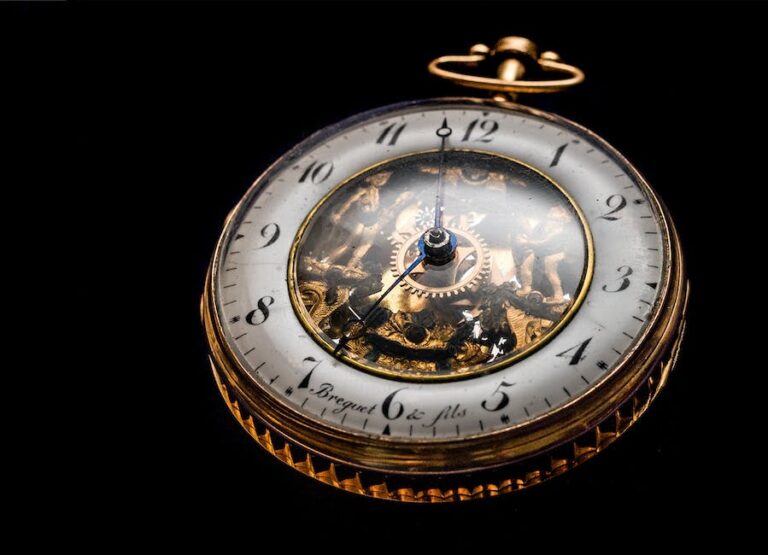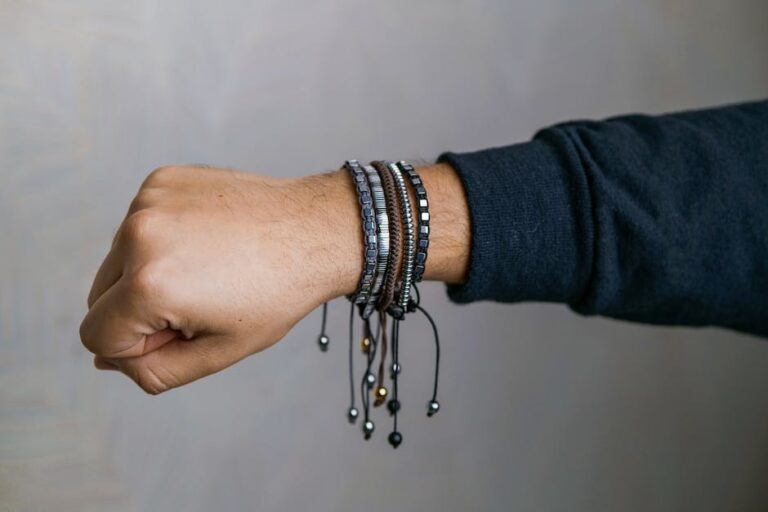How to Spot a High-Quality Lab Grown Diamond: A Buyer’s Guide
The diamond industry has undergone significant changes in the past decade with the introduction of lab-grown diamonds. While traditional diamonds have been sourced from mines for centuries, lab-grown diamonds have become increasingly popular due to their ethical and sustainable nature. However, many buyers are still skeptical about their quality and value.
Unlike natural diamonds that take billions of years to form deep within the earth’s mantle, lab-grown diamonds are created in a matter of weeks using advanced technology that replicates the natural growing process. This means that lab-grown diamonds are physically and chemically identical to natural diamonds, with the only difference being their origin.
In terms of appearance, it’s impossible to tell the difference between a lab-grown diamond and a natural diamond with the naked eye. They both have the same physical properties and dazzling sparkle that makes diamonds one of the most sought-after gemstones in the world.
However, there are some notable differences between lab-grown and natural diamonds when it comes to their pricing and ethical considerations. Natural diamonds are becoming increasingly expensive due to the limited supply and the high cost of mining, which has led to the rise of lab-grown diamonds as a more affordable and sustainable alternative.

Clarity and Color Grading of Lab Grown Diamonds
When it comes to buying a lab-grown diamond, it’s important to understand the clarity and color grading system used by gemologists to evaluate their quality. The clarity of a diamond refers to the presence of internal and external imperfections, also known as inclusions and blemishes. On the other hand, color grading is used to determine the color intensity and presence of any color tints.
In terms of clarity, the Gemological Institute of America (GIA) uses a scale that ranges from Flawless (FL) to Included (I1, I2, I3), with FL being the most expensive and I3 being the least expensive. Lab-grown diamonds are generally more affordable than natural diamonds of the same clarity grade due to the absence of inclusions that are common in natural diamonds.
When it comes to color grading, the GIA uses a scale that ranges from D (colorless) to Z (light yellow or brown), with D being the most expensive. Lab-grown diamonds are generally graded in a similar way to natural diamonds, with the main difference being that they are likely to have a more uniform color due to the absence of the trace elements that give natural diamonds their unique color. As a result, lab-grown diamonds are often priced lower than natural diamonds of the same color grade.
The Importance of Cut in Lab Grown Diamonds
The cut of a diamond is perhaps the most crucial factor in determining its beauty and overall value. A high-quality cut can significantly enhance the diamond’s brilliance, fire, and scintillation. In contrast, a poorly cut diamond can end up looking dull and lifeless, even if it has perfect clarity and color.
When evaluating the cut of a lab-grown diamond, it’s important to consider the shape, proportions, and symmetry of the diamond. Ideally, the diamond should have excellent symmetry and a good balance between the length, width, and depth. A lab-grown diamond with a poor cut will not only affect its visual appeal but also its overall value.
The GIA has a cut grading system that ranges from Excellent to Poor, with Excellent being the most expensive and Poor being the least expensive. A well-cut lab-grown diamond may have a lower clarity or color grade but still appear more brilliant and visually appealing than a higher-graded diamond that has a poor cut.
Evaluating Carat Weight and Size of Lab Grown Diamonds
Carat weight refers to the unit of measurement used to determine the weight or size of a diamond. One carat is equivalent to 0.2 grams, and the price of a lab-grown diamond increases exponentially with the increase in carat weight. It’s important to note that carat weight is not the same as the diamond’s dimensions, and a poorly cut lab-grown diamond may appear smaller despite having a higher carat weight.
When evaluating the carat weight and size of a lab-grown diamond, it’s essential to consider your budget and personal preferences. While larger diamonds are generally more valuable and visually appealing, they may not necessarily fit within your budget or style. Additionally, some diamond shapes may appear larger than others despite having the same carat weight.
In summary, when evaluating the carat weight and size of a lab-grown diamond, it’s important to consider your budget, personal preferences, and the overall cut and appearance of the diamond.
Certification and Authentication of Lab Grown Diamonds
When buying a lab-grown diamond, it’s essential to ensure that it comes with a proper certification and authentication that confirms its quality, origin, and ethical standards. The most reputable and widely recognized certification agencies in the industry are the Gemological Institute of America (GIA) and the International Gemological Institute (IGI).
GIA and IGI both offer grading reports that provide detailed information about a lab-grown diamond’s cut, clarity, color, carat weight, and other essential characteristics. Additionally, these reports also include information about the diamond’s origin and whether it’s been treated or enhanced in any way.
It’s important to note that not all lab-grown diamonds are certified, and buying an uncertified diamond can lead to a significant loss of value and quality. Therefore, it’s recommended to only buy lab-grown diamonds that come with a proper certification and authentication.

Understanding the Pricing of Lab Grown Diamonds
The price of lab-grown diamonds is affected by several factors, including the diamond’s size, cut, color, clarity, and certification. Generally, lab-grown diamonds are more affordable than natural diamonds, making them an attractive alternative for buyers who are on a budget or looking for a sustainable option. However, it’s essential to understand the different pricing factors to ensure that you’re getting the best value for your money.
The size and carat weight of a lab-grown diamond significantly affect its pricing, with larger diamonds being more expensive. Additionally, the cut, color, and clarity of the diamond may also impact its price, with higher grades being more valuable. Certified lab-grown diamonds are generally more expensive due to the extra assurance provided by the certification.
It’s important to note that not all lab-grown diamonds are created equal, and some may have a higher value than others due to their unique characteristics and rarity. It’s recommended to compare prices from different sellers and do your research to ensure that you’re getting a fair price for your lab-grown diamond.
In summary, understanding the pricing of lab-grown diamonds requires evaluating the size, cut, color, clarity, certification, and market trends to get the best value for your money.







